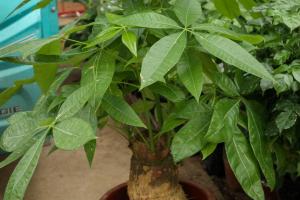Can Black Cherry Trees be Planted in Shelter Belts?
Shelter belts have become increasingly popular in recent years due to their ability to protect crops and reduce wind erosion. Many farmers are now looking to plant black cherry trees in their shelter belts. However, before doing so, it's important to consider whether these trees are suitable for this purpose.
What are Black Cherry Trees?
Black cherry trees, also known as Prunus serotina, are native to North America and are often used in the production of furniture and flooring due to their beautiful, dark wood. They can grow up to 80 feet tall and have a lifespan of up to 250 years. The trees produce white, fragrant flowers in the spring and dark red, edible fruit in the summer.
Benefits of Planting Black Cherry Trees in Shelter Belts
Black cherry trees offer several benefits when planted in shelter belts. Firstly, they provide a barrier against wind, which can help protect crops from damage. Secondly, the trees can act as a habitat for wildlife, providing food and shelter for birds and small mammals. Finally, black cherry trees produce fruit, which can be harvested and sold, providing an additional source of income for farmers.
Potential Issues to Consider
However, there are some potential issues to consider when planting black cherry trees in shelter belts. Firstly, the trees can be invasive and self-seeding, spreading quickly and potentially becoming a pest if not carefully managed. Secondly, black cherry trees can be susceptible to disease and pest infestations, which can cause them to die off quickly. Finally, the trees require a lot of water and nutrients to grow, which can be challenging in arid regions or areas with poor soil quality.
Conclusion
In conclusion, black cherry trees can be planted in shelter belts, but farmers need to carefully weigh the benefits and potential issues before doing so. If managed correctly, these trees can provide a valuable source of income and habitat for wildlife, while also protecting crops from wind erosion. However, they may require more water and nutrients than other types of trees, and they can be invasive and vulnerable to disease and pests. Farmers should consult with experts and consider the specific conditions of their land before making a decision about whether to plant black cherry trees in their shelter belt.

 how many times do yo...
how many times do yo... how many planted tre...
how many planted tre... how many pine trees ...
how many pine trees ... how many pecan trees...
how many pecan trees... how many plants comp...
how many plants comp... how many plants can ...
how many plants can ... how many plants and ...
how many plants and ... how many pepper plan...
how many pepper plan...




























